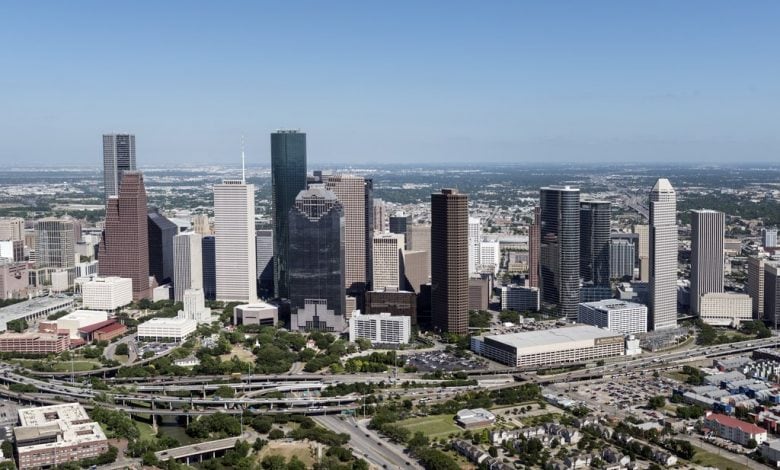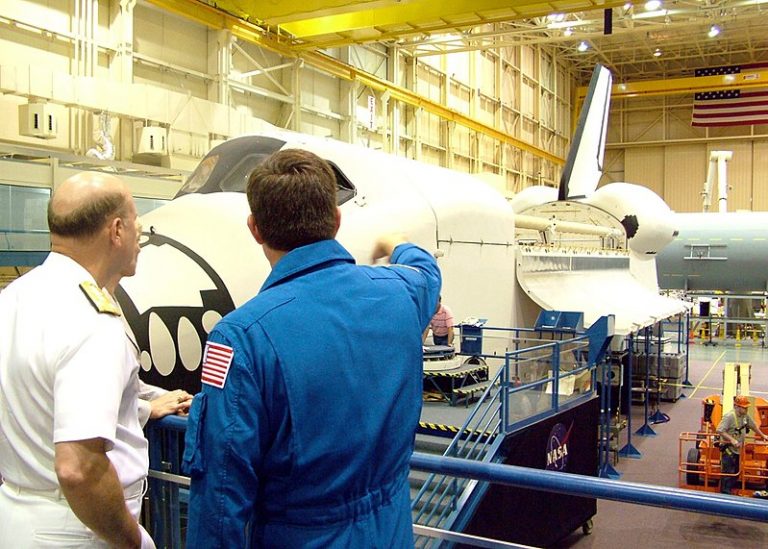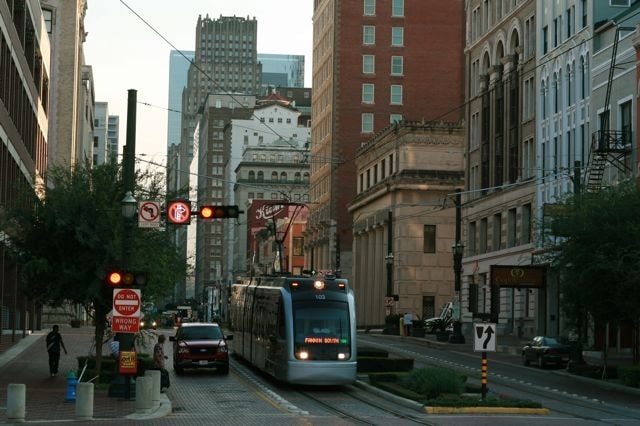While Austin may be the capital of Texas, Houston is the better-known city. In fact, Houston is one of the top global cities in America. Houston is recognized for its contributions to the world that range from space exploration to air-conditioning, from medical research to the Houston Rockets. It is definitely a far cry from the Houston of the bygone eras, but anyone should also explore the city’s history as it is no less interesting than what they may have thought.
Houston is the largest city in Texas and the fourth-largest city of the United States. It is a picture of a progressive and beautiful city with lots of opportunities and attractions for people of all ages, races, ethnicities, and walks of life. Houston is the seat of Harris County, with smaller portions of it extending into Fort Bend and Montgomery counties.
Its physical expansiveness, storied past, diversified industries (since the end of the 19th century), diverse population, unique culture, and status as a global city have made Houston a city like no other.
Early history
Unlike many other cities and towns in Texas, Houston has no recorded accounts of the early occupation by the Indians or early discovery and settlement by the Spanish colonists. Long before its settlement in the 1820s, the area now known as Houston was once a wild and uninhabited region.
On the heels of the Texas Revolution, two brothers and real estate promoters John Kirby Allen and Augustus Chapman Allen explored potential town sites on Buffalo Bayou and Galveston Bay. The foundation of what is known today as Houston began on August 26, 1836, when the brothers purchased 2,214 acres of land from someone named Elizabeth Parrot. Mrs. Parrot had been widowed to one of the early Texian settlers John Austin (no relation to the empresasrio Stephen Austin, after whom the capital Austin was named), but was later remarried to Thomas Parrot. The price of the land sold was $5,000.
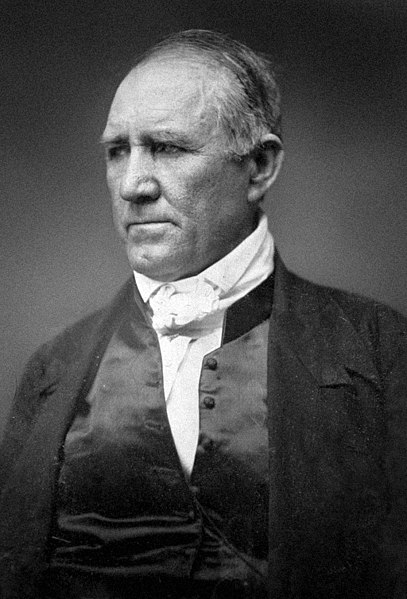
Four days later, the Allen brothers put up an advertisement in the Telegraph and the Texas Register, naming the national town in honor of Sam Houston, the third president of the Republic of Texas. Eventually, they successfully lobbied the Republic of Texas Congress to name Houston as the temporary capital. In early 1837, it was inhabited about a dozen person, but that number eventually grew to around 1,500 by the time the Texas Congress convened in Houston for the first time.
Houston was incorporated on June 5, 1837, and soldier and entrepreneur named James S. Holman becoming its first mayor. The city became the county seat of Harrisburg County.
The area was soon inhabited with slave dealers, which boosted the population of migrants and purchased Negro slaves. With the sizable numbers, they developed a domestic slave trade. While New Orleans was the “slave hub,” most of the slave dealers came from Houston.
Houston during Texas’ early statehood, the Civil War era, and the postbellum era
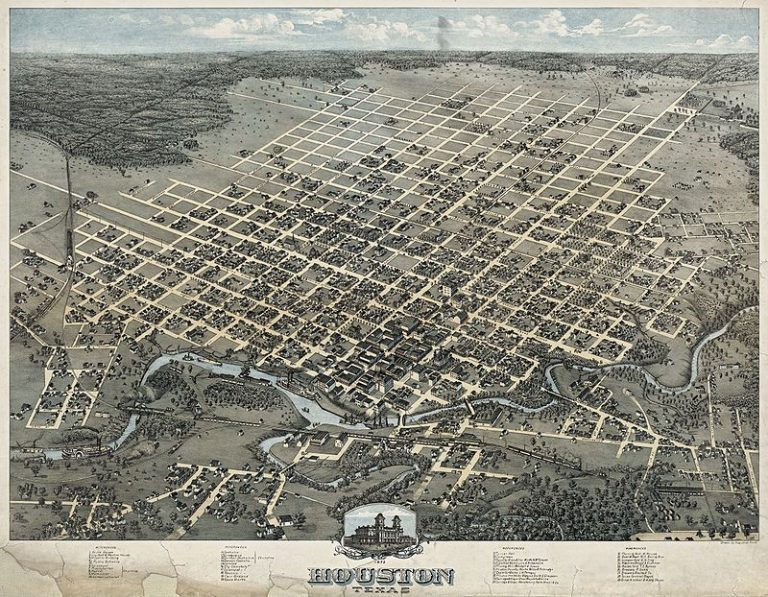
The United States annexed Texas into the Union in 1845, making Texas now one of the new states in the US. There had been more males at that time – mostly unmarried males – creating an imbalance the in population. By 1850, Houston had had 115 males for every 100 females, and this ratio increased ten years later. Violence seemed to be commonplace in Houston, with saloons, bordellos, and gambling houses having been frequently attended by outlaws.
Fortunes began to change in Houston when the first railroads arrived during the 1850s and 1860s. This development made Houston a center of the cotton export industry.
On the heels of the Civil War era, the practice of “hiring out” slaves was quite common. By 1860, Houston’s population had ballooned to 4,428. Following the war, entrepreneurs ensured that the city’s extensive bayou system would be wide enough to support more businesses between the downtown and port Galveston. Due to this development, Houston became Texas’ railroad capital.
Houston in the 20th century – continued growth and progress
The 1900 hurricane struck Galveston and left the coastal city devastated. This disaster, in turn, accelerated Houston’s efforts in transforming itself into a deep-water port. The following year, oil was discovered, which prompted the birth of the oil industry in Texas and further fueled (no pun intended) Houston’s economic growth.
Along with the economic prosperity and the continued growth of the Texas oil industry, Houston’s population increased, even becoming higher than Galvestone’s. Mexicans who were displaced from the Mexican Revolution (1910 -1920) were among the largest numbers of immigrants who settled in Houston. They have imparted a strong influence in the city ever since.
The Second World War (1939 – 1945) caused the tonnage levels to dip dramatically. Apart from that, shipping activities at the port were indefinitely interrupted. But there was a brighter side to it – Houston built several manufacturing plants and petrochemical refineries along the ship channel to supply wartime demands. In 1945, the Texas Medical Center was established.
Following the war, Houston’s economy shifted back its focus to the ports. By 1948, Houston had gotten even bigger as it annexed several unincorporated areas, spreading itself across the region.
Air conditioning first became available in 1950, which made several companies to relocate to Houston. This further improved the city’s economy, most notably in the energy sector. Since World War II, the shipbuilding industry had grown and expanded. NASA’s Manned Spacecraft Center – later renamed Lyndon B. Johnson Space Center – was established in 1961.
Houston’s population even boomed in the 1970s, mostly people coming from the “Rust Belt” (other regions in the US that experienced industrial slump) looking for job opportunities. Many educated and professional African-Americans had also come to Houston as the city’s employment opportunities increased.
Houston in the 21st century
Houston’s geographic position in the Gulf Coast has made it vulnerable to heavy rainfalls and destructive natural disasters, most notably hurricanes. The tropical storm Allison hit Houston in June 2001, causing severe flooding. The storm left Houston devastated, and as a result, the disaster killed 20 residents and cost billions of dollars in damages. It was one of the worst floods to hit Houston.
While Houston was not affected by Hurricane Katrina in 2005, it became a refuge for more than 150,000 people from New Orleans who were displaced by the hurricane. But only a few weeks after Hurricane Katrina, Houston suffered evacuation nightmare during Hurricane Rita. It caused terrible anxiety among citizens, and the exodus of evacuees led to one of the worst gridlocks in the city’s history.
Houston was hit by Hurricane Ike in September 2008. The disaster led to the destruction of some of the city’s structures, blackouts, accidents, illnesses, clogged thoroughfares, and several flight cancellations. Many people in Galveston Bay refused to leave, as they feared the type of traffic jams that had occurred during Hurricane Rita.
The April 2016 North American storm complex brought heavy rains in and around Houston, which led to terrible flooding. It killed five people.
In August 2017, Hurricane Harvey caused another severe flooding in the city. Houston, as an industrial city, suffered numerous toxic spills brought by the hurricane, which included the infamous Arkema plant explosion. The hurricane cost $50 billion in damages, making it one of the worst and the costliest disasters that have hit America.
Even with the disasters, they did not stop Houston from continually developing itself as one of the major American cities. In January 2004, it opened a light rail service. In 2008, the widening of the I-10 included the incorporation of toll lanes. In 2010, Annise Parker was elected as the city’s first openly gay mayor.
Houston today
Houston’s population is one of the most diverse in the United States. As of 2018, it stands at 2,325,502. It is dominated by Hispanics or Latinos (43.7%), followed by African-Americans (25.7%), Whites or non-Hispanics (25.6%), and Asians (6%), based on the 2010 numbers.
Houston is the site of the globally renowned Texas Medical Center, which has the most extensive concentration of research and healthcare institutions in the world. All of its 47 member institutions operate as non-profit organizations.
As the city is the world center of healthcare and scientific research, Houston is home to several other academic and research health care institutions and facilities. They include the MD Anderson Center, UT Health Science Center, Baylor College of Medicine, The Methodist Hospital, the University of Houston College of Pharmacy, and many others.
Houston has over 40 colleges and universities, including the University of Houston (the flagship university of the University of Houston System) and the Texas Southern University (the only independent state university in the city).
The Texas Education Agency administers all public schools in Houston, as in all other cities in Texas. Houston also has several private (sectarian and non-sectarian), chartered schools, as well as homeschooling programs.
Houston’s diversity and its position as a global city play a significant role in its exciting and colorful culture. Several annual events celebrate the life and diversity of the city. These include the annual Houston Livestock Show and Rodeo (the longest festival, running 20 days), Houston Gay Pride, Houston Greek Festival, the Bayou City Art Festival, and many others. The city’s Theater District is home to the city’s performing arts centers.
Compared to other US cities, Houston has had a lack of public transportation because most people there have their own cars. As a result, it has lent a significant influence on Houston’s culture. The city’s “car culture” is celebrated through many events that showcase uniquely (and also bizarrely) customized cars, most notably the iconic Art Car Parade. But with the local government’s heavy investment on public transport in recent years (such as the 2004 opening of the light rail that is mentioned earlier), Houston’s love affair with automobiles has somewhat tempered.
Sports also enrich Houston’s culture, with residents being active in both spectator and participant sports. The city has sports teams for every major professional league, for the exception of the National Hockey League. Probably the most-followed professional sports team is the Houston Rockets of the National Basketball Association (NBA). Houston is the site of several major sports events, including numerous Major League Baseball All-Star Games, Super Bowls, and Major League Baseball’s “World Series” championships. The city is also one of the first in the world to have a major eSport team.
Houston is a melting pot of diverse population and cultures, making it one of the world’s dynamic communities. Due to its geographic location, Houston is often referred as to the gateway to Latin America and the rest of the world. Houston may have been battered by several natural disasters in recent years, but they cannot shake off the invincible spirit of the locals. Aside from all these factors, Houston’s “can do” attitude has made it one of the world’s best destinations for those who are looking for new opportunities.

